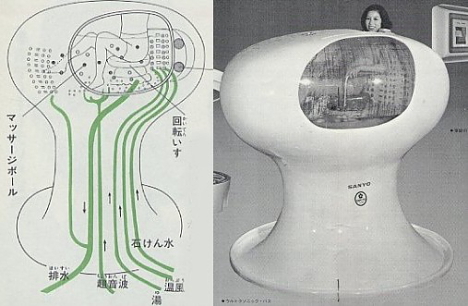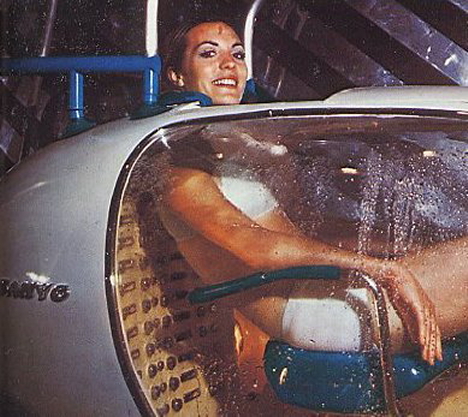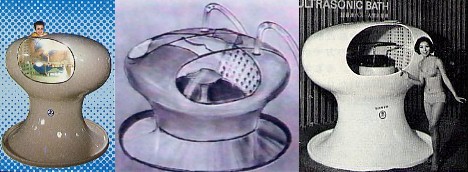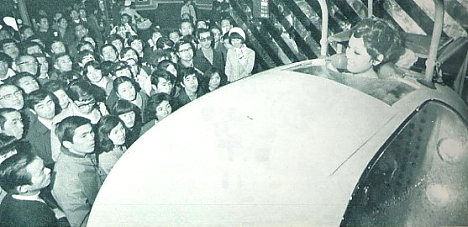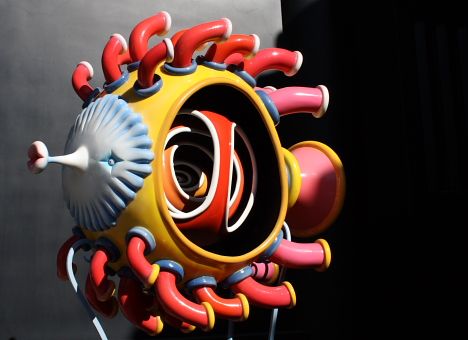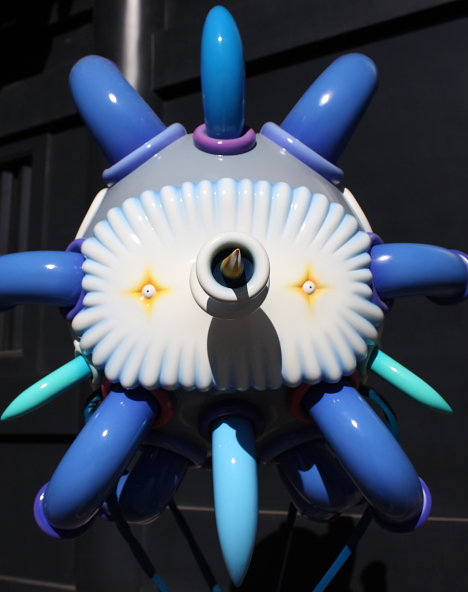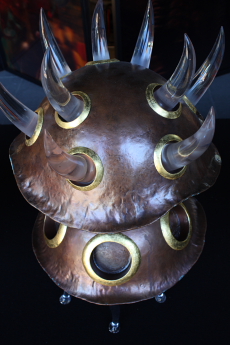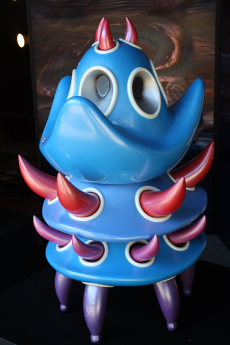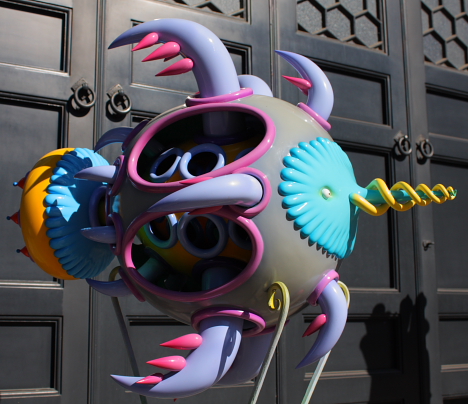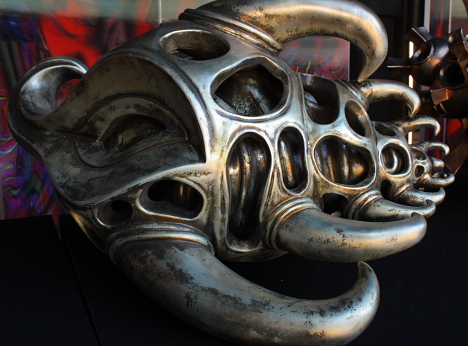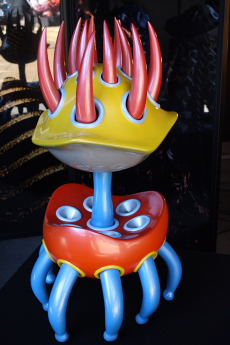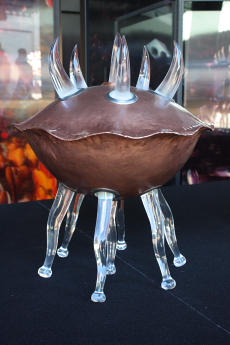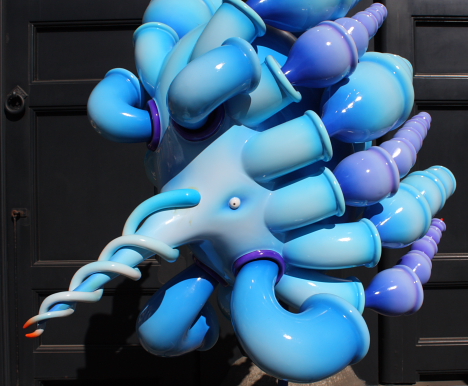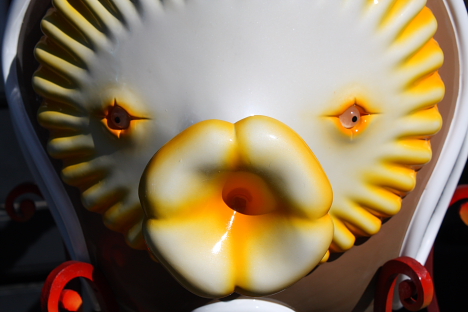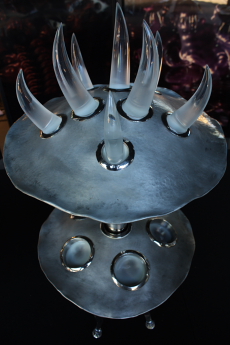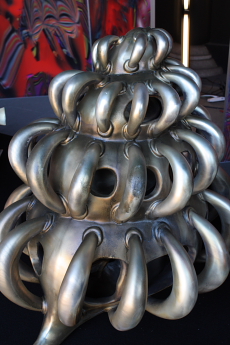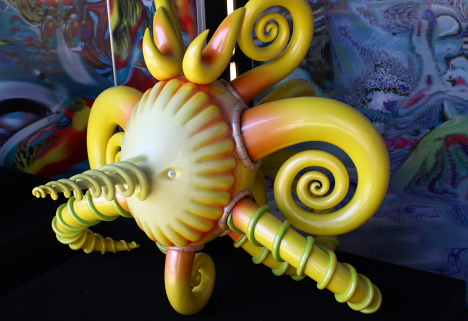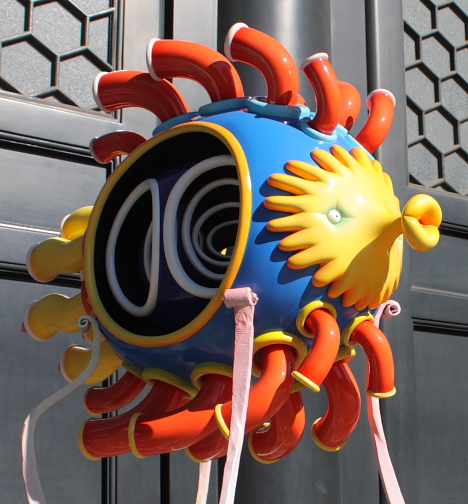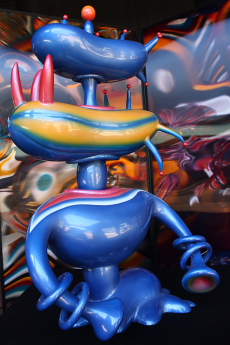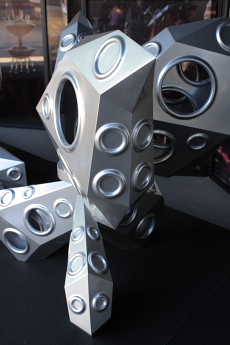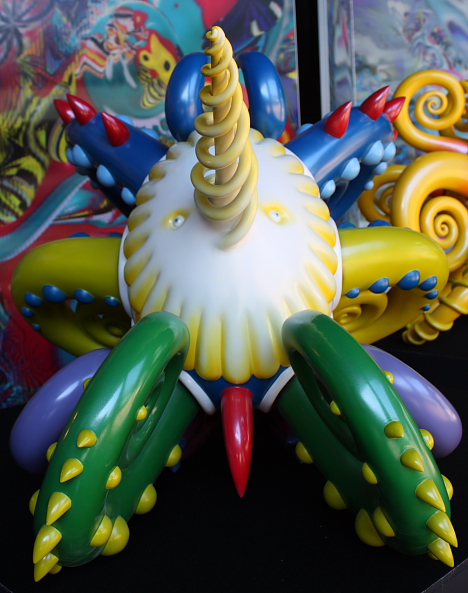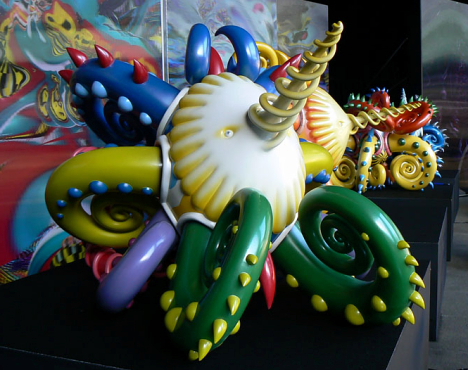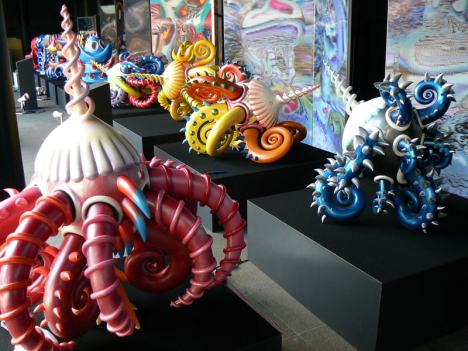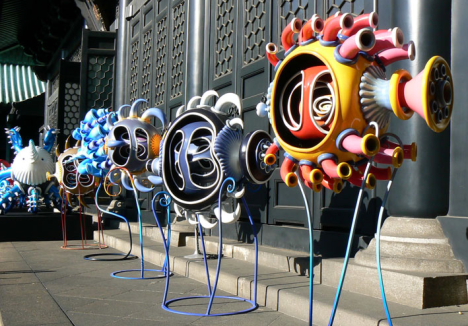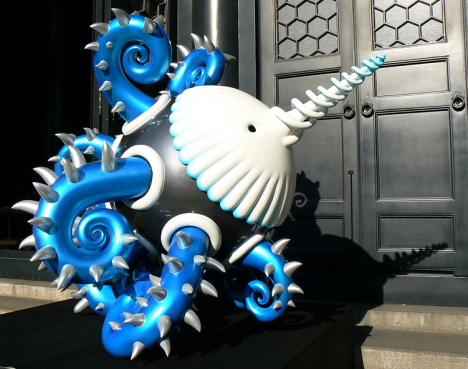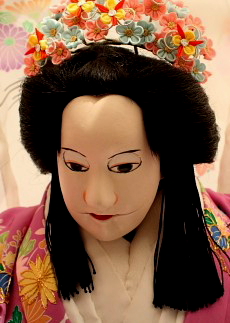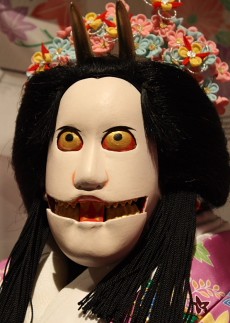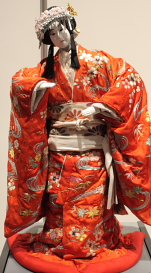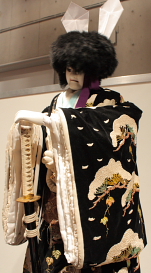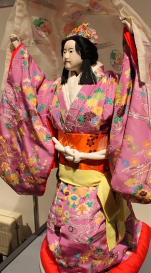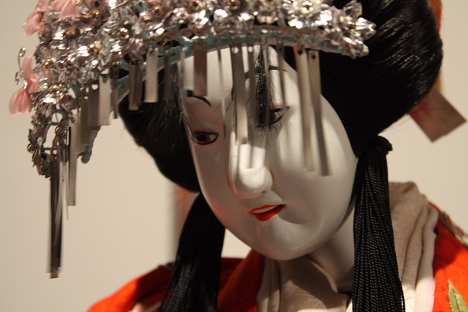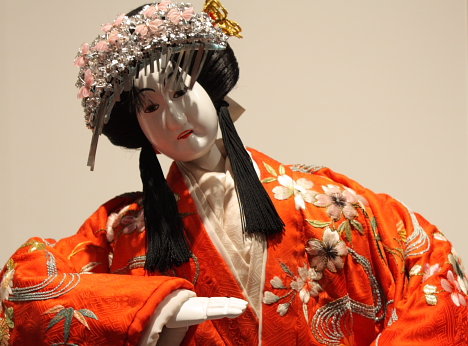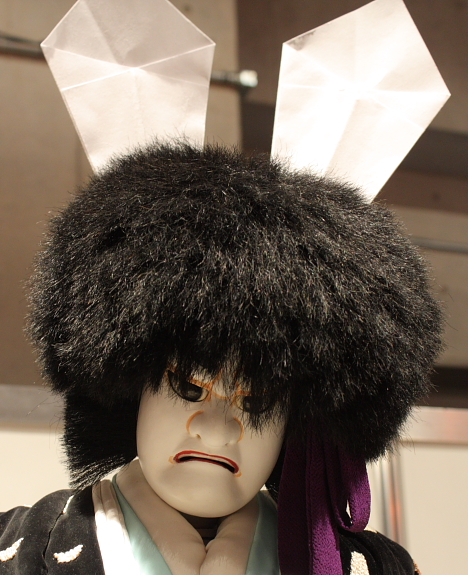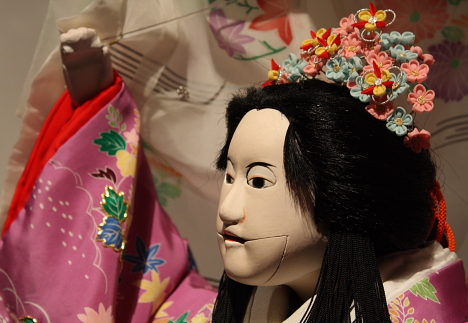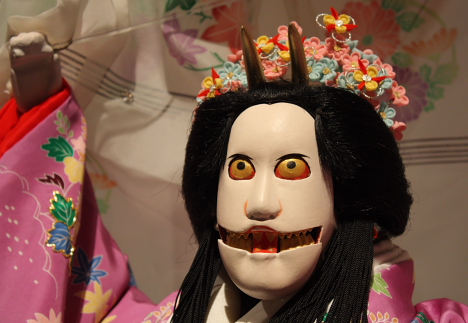
A sewage plant in Japan's Nagano prefecture has started mining gold from sludge, earning a cool 5 million yen ($56,000) in its first month of operation.
On January 28, sewage plant operator Nagano Prefecture Suwa Construction Office announced that approximately 1.9 kilograms (4.2 lbs) of gold can be mined from each ton of molten fly ash generated when incinerating sludge at its facility in the town of Suwa.
Located in central Nagano prefecture, the Suwa Basin is home to numerous precision machining companies, metal plating facilities and hot springs, which may explain the high concentration of gold in the wastewater sludge.
Joint research conducted in 2007 by Nagano prefecture and the Japan Sewage Works Agency found that the concentration of gold in the ash was comparable to that of a high-grade ore. But because the cost of extracting the gold outweighed the potential profit, the operator continued treating the ash as an industrial waste material.
However, with the recent rise in the price of gold, Suwa decided to start mining the molten fly ash. Last October, they sold 1.4 tons of the ash to a smelting company. At the end of January, Suwa is scheduled to receive its first payment of 5 million yen ($56,000) for the recovered gold.
By the end of March 2009, Suwa plans to mine a total of 5 tons of ash for a profit of 15 million yen ($167,000). The sewage operator says it will use the revenue to help pay for plant maintenance and operating costs.
The facility treats about 100,000 tons of wastewater each day, generating about 3 tons of ash in the process.
[Sources: Yomiuri, Nagano Nippo]


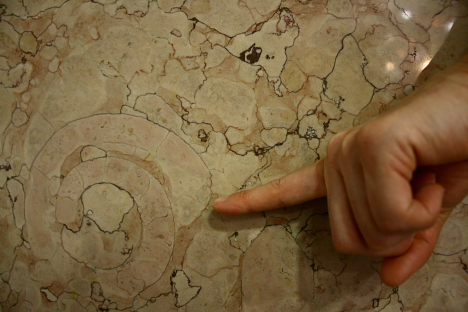
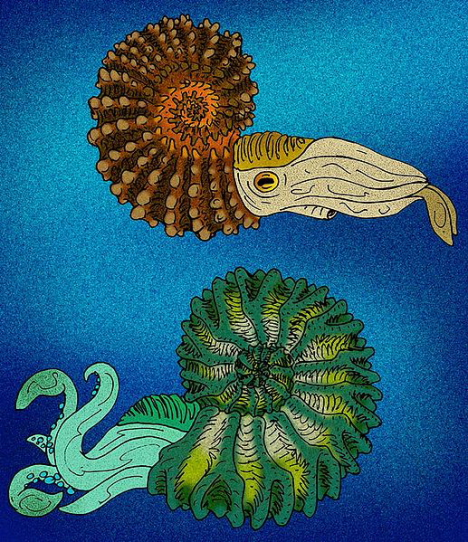
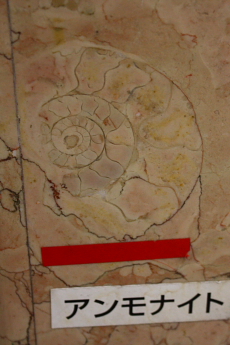
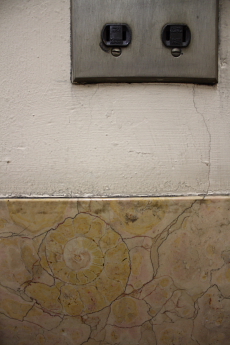
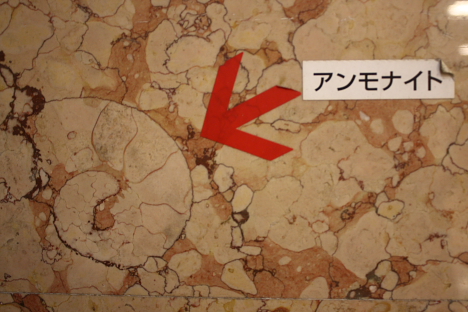
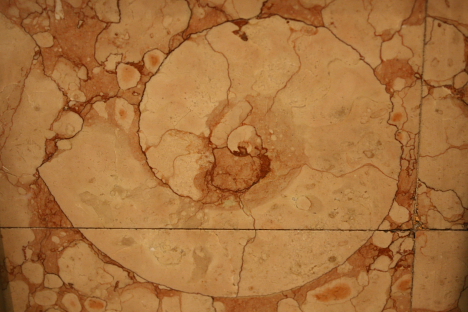
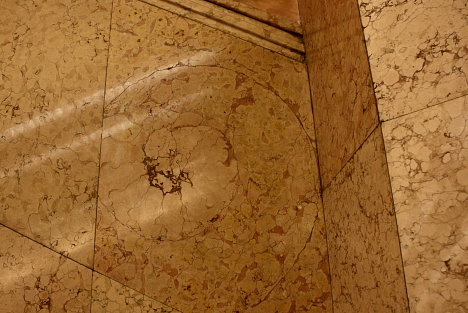
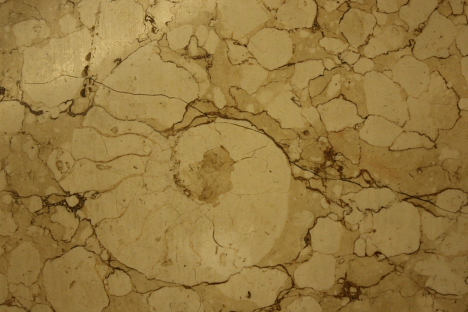
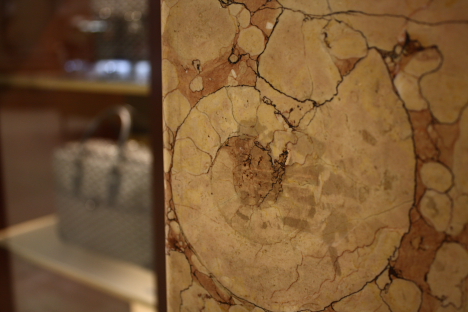
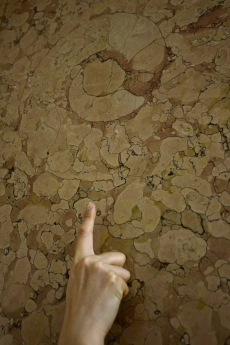
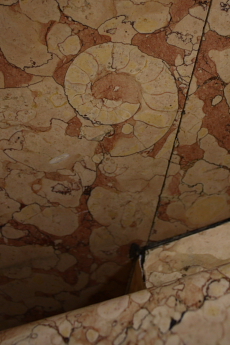
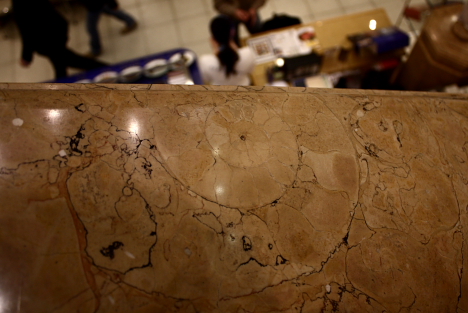
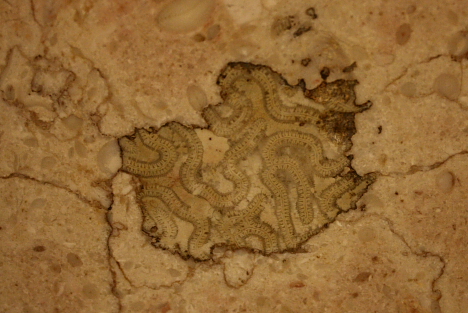
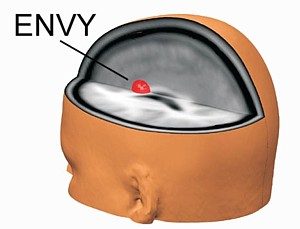 Your gain, my pain? New research from Japan shows that the human brain treats feelings of envy like physical pain, while schadenfreude -- the pleasure derived from another person's misfortune -- triggers the brain's reward circuits. The findings, published in the February 13 online edition of
Your gain, my pain? New research from Japan shows that the human brain treats feelings of envy like physical pain, while schadenfreude -- the pleasure derived from another person's misfortune -- triggers the brain's reward circuits. The findings, published in the February 13 online edition of 